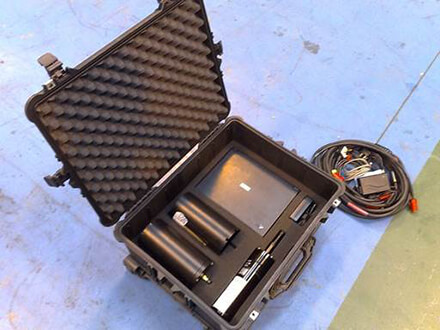- Contact 0870 350 7767
- |
- Advertise
Products and Services
Opening Hours
Monday
09:00 to
17:00
Tuesday
09:00 to
17:00
Wednesday
09:00 to
17:00
Thursday
09:00 to
17:00
Friday
09:00 to
17:00
Saturday
Closed
Sunday
Closed
Update This Page
Log In Here
This page has an active controller. To make edits to your information, log in below.

